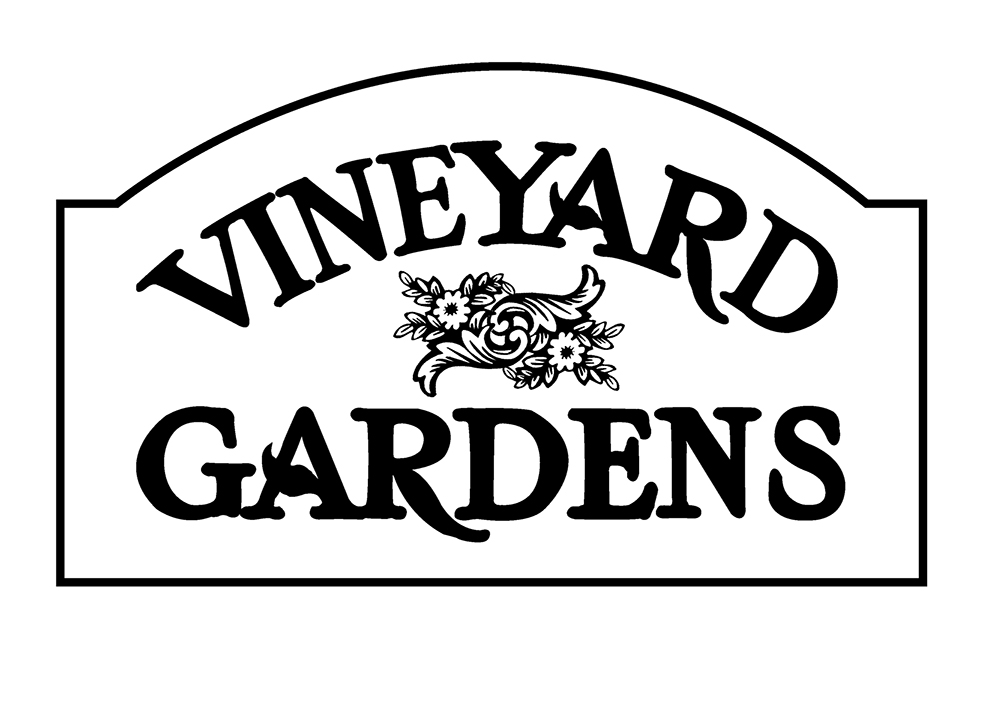VINEYARD GARDENS ANNUAL HARVEST FESTIVAL!
SATURDAY, OCT 7th // 10am-2pm
**************************
live music // FOOD // NATURE CRAFTS // BULB PLANTING WORKSHOP
Please join us Saturday October 7th from 11am to 2pm to celebrate the harvest season! There will be food, nature crafts, bulb planting, live music and garden tours.
**************************
FREE and FUN for the whole family!
Pumpkins & Gourd Bouquets
Peanut butter & bird seed pinecones
Mums
Live music
**************************
FALL PLANTED BULBS WORKSHOP at our HARVEST FESTIVAL
Please join us at the harvest festival to learn more about how to plant fall bulbs and the combinations of bulbs that work in various types of gardens.
We have a variety of fall bulbs ready to plant, including daffodils, tulip bulbs, chionodoxa and allium. Plant them out now and they will be blooming in the spring!
It’s exciting to watch those first shoots poke through in the spring and smell them as they come into bloom after winter!
**************************
ONE DAY ONLY: HARVEST FESTIVAL SPECIALS!
**************************






